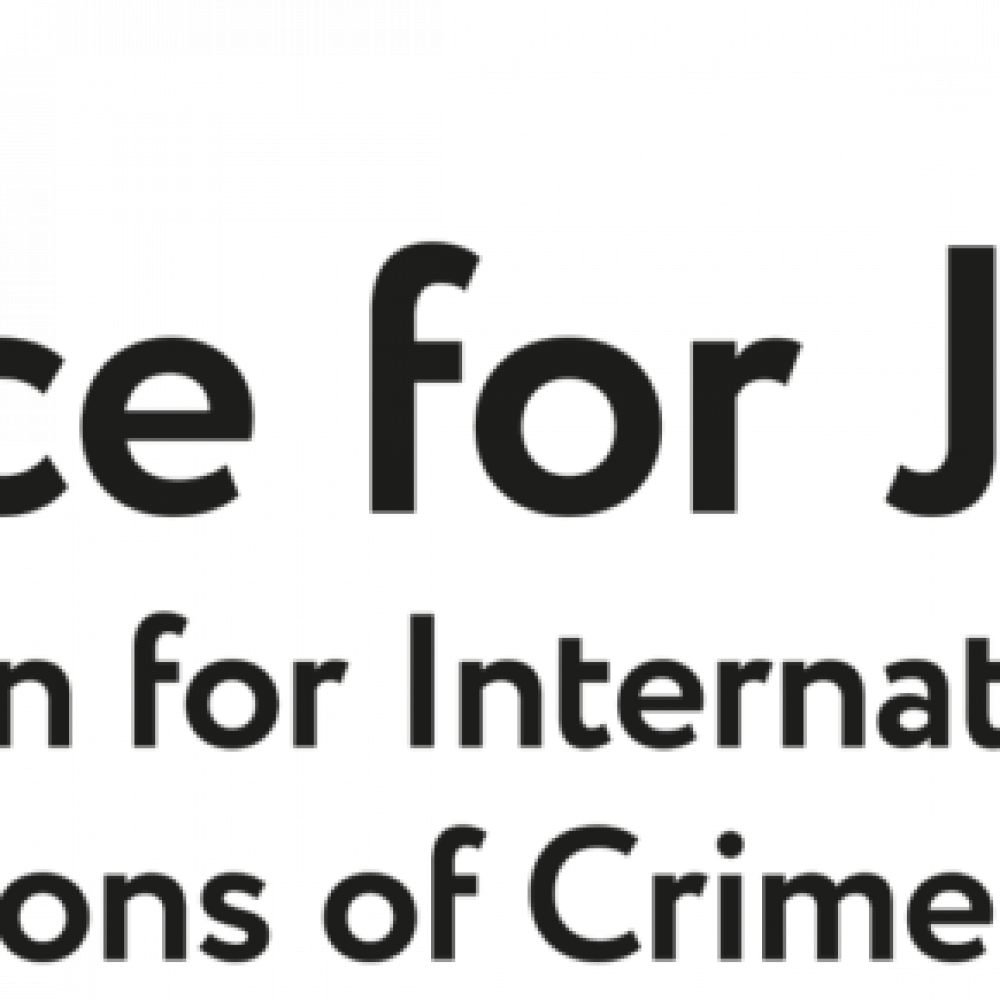Between March, 25 and July, 15 Justice for Journalists Foundation and Index on Censorship have monitored attacks and violations against the media, specific to the current COVID-19 – related crisis. Media freedom violations are catalogued with a map hosted in Index’s current website and on the Justice for Journalists Media Risk Map.
Justice for Journalists Foundation has been closely following the troubling developments in its key region of interest – the 12 former Soviet Union states. While analysing the nature and characteristic traits of 235 COVID-19 related attacks against journalists and bloggers that took place in these countries, JFJ concluded that these countries can be roughly put into three categories according to their treatment of independent reporting.
The first group includes countries like Belarus, Tajikistan and Turkmenistan that are characterised by the absence of democratic institutions and are usually ruled unilaterally by an unchallenged leader. We called the tactics employed totalitarian: the virus existence in the country is denied, its danger to the populations is purposely ignored, all critical and independent voices that claim otherwise are being shut down and prosecuted.
The second group includes countries like Moldova, Armenia and Kyrgyzstan, where democratic institutions and independent media are both established. The methods employed by the governments of these countries against independent reporting about the effects of pandemic can be called nervously liberal: they have been issuing warnings for spreading the panic, short-term detentions for violating quarantine rules, forcing media outlets and bloggers to delete certain publications.
Finally, the third group included Russia, Kazakhstan, Uzbekistan and Azerbaijan are characterised by the hybrid approach to dealing with independent reporting. While the governments of these countries acknowledge the existence of COVID-19, they manipulate the statistics to cover the real situation within the state and channel the approved official information through the state-controlled media. At the same time, the fate of the independent media and bloggers working there is similar to that of the online activists from the totalitarian group: they are censored, arrested by the police, their reporting is branded fake and is often forbidden and removed from the public domain.
To learn about some concrete examples of how the post-Soviet states are putting pressure on the work of media workers during the time of pandemic watch the full interview with Maria Ordzhonikidze.

